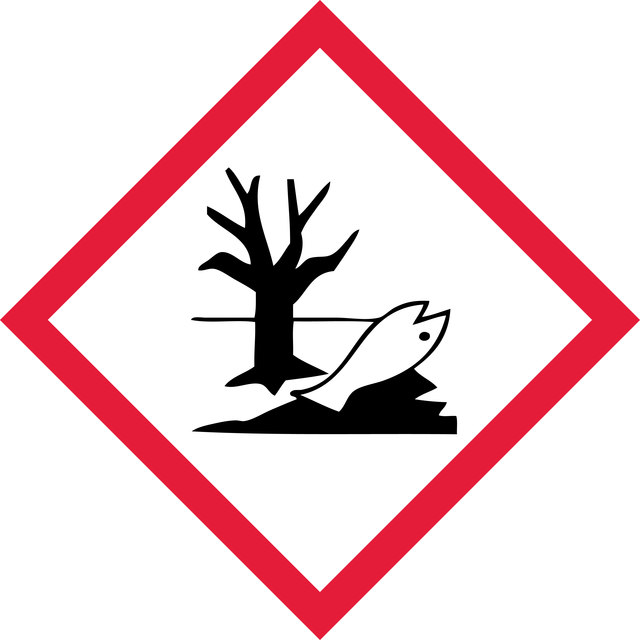species reactivity (predicted by homology)
all
Quality Level
manufacturer/tradename
Catch And Release
Upstate®
technique(s)
activity assay: suitable (IP-kinase)
immunoprecipitation (IP): suitable
western blot: suitable
shipped in
wet ice
General description
Features & Benefits:
Reproducible: eliminates aspiration steps that typically lead to diminished/lost sample
Convenient: spin-column format dramatically simplifies sample handling
Reversible: simple elution of antigen:antibody complex in either native or denatured form
Use:
This kit allows for quick and reproducible immunoprecipitation (IP) by using a spin column. The system is more reproducible than regular IP′s, which are problematic with regards to washing the protein A/G agarose without disrupting the agarose bed. The binding of the antibody/antigen complex in Catch and Release is reversible, and elution of the immune complex can occur with native or denaturing buffers. The system has been tested successfully with rabbit, mouse, sheep and goat antibodies. IP using human IgG1-4 should be suitable. IP using chicken antibodies or human IgA, IgD, IgE or IgM is not recommended with this kit. Please read the enclosed product manual before use.
Reproducible: eliminates aspiration steps that typically lead to diminished/lost sample
Convenient: spin-column format dramatically simplifies sample handling
Reversible: simple elution of antigen:antibody complex in either native or denatured form
Use:
This kit allows for quick and reproducible immunoprecipitation (IP) by using a spin column. The system is more reproducible than regular IP′s, which are problematic with regards to washing the protein A/G agarose without disrupting the agarose bed. The binding of the antibody/antigen complex in Catch and Release is reversible, and elution of the immune complex can occur with native or denaturing buffers. The system has been tested successfully with rabbit, mouse, sheep and goat antibodies. IP using human IgG1-4 should be suitable. IP using chicken antibodies or human IgA, IgD, IgE or IgM is not recommended with this kit. Please read the enclosed product manual before use.
Application
Catch and Release v2.0 should not be used with proteins containing a 6-His tag.
Packaging
17-500A is supplied as 5 immunoprecipitations per kit.
17-500 is supplied as 50 immunoprecipitations per kit.
17-500 is supplied as 50 immunoprecipitations per kit.
Preparation Note
All components to be stored at 4°C except the Catch and Release Capture Tubes which are stored at room temperature. Components are stable for 6 months from date of shipment.
Analysis Note
routinely evaluated by immunoprecipitation.
Other Notes
Catch and Release Wash Buffer, 10X
Catch and Release Non-denaturing Elution Buffer, 4X
Catch and Release Denaturing Elution Buffer, 1X
Catch and Release Capture Tubes
Catch and Release Non-denaturing Elution Buffer, 4X
Catch and Release Denaturing Elution Buffer, 1X
Catch and Release Capture Tubes
Legal Information
UPSTATE is a registered trademark of Merck KGaA, Darmstadt, Germany
Signal Word
Danger
Hazard Statements
Precautionary Statements
Hazard Classifications
Aquatic Acute 1 - Aquatic Chronic 1 - Eye Dam. 1 - Repr. 1B - Skin Corr. 1C
Storage Class Code
6.1C - Combustible acute toxic Cat.3 / toxic compounds or compounds which causing chronic effects
Certificates of Analysis (COA)
Search for Certificates of Analysis (COA) by entering the products Lot/Batch Number. Lot and Batch Numbers can be found on a product’s label following the words ‘Lot’ or ‘Batch’.
Already Own This Product?
Find documentation for the products that you have recently purchased in the Document Library.
Blocking of the alpha interferon-induced Jak-Stat signaling pathway by Japanese encephalitis virus infection
Lin, R. J., et al
Journal of virology, 78, 9285-9294 (2004)
The expression of p63 is associated with the differential stage in nasopharyngeal carcinoma and EBV infection
Guo, Can, et al
Journal of Translational Medicine, 4, 23-23 (2006)
Jennifer Altomonte et al.
American journal of physiology. Endocrinology and metabolism, 285(4), E718-E728 (2003-06-05)
Excessive hepatic glucose production is a contributing factor to fasting hyperglycemia in diabetes. Insulin suppresses hepatic glucose production by inhibiting the expression of two gluconeogenic enzymes, phosphoenolpyruvate carboxykinase (PEPCK) and glucose-6-phosphatase (G-6-Pase). The forkhead transcription factor Foxo1 has been implicated
Murat Digicaylioglu et al.
Proceedings of the National Academy of Sciences of the United States of America, 101(26), 9855-9860 (2004-06-24)
Erythropoietin (EPO) and insulin-like growth factor I (IGF-I) are cytokines that inhibit neuronal apoptosis. However, their maximal antiapoptotic effect, even at high concentrations, is observed only when neurons are pretreated for several hours before insult. Here we show that simultaneous
Nan Zhang et al.
Diabetes, 53(4), 963-970 (2004-03-30)
Successful islet transplantation depends on the infusion of sufficiently large quantities of islets, of which only approximately 30% become stably engrafted. Rapid and adequate revascularization of transplanted islets is important for islet survival and function. Delayed and insufficient revascularization can
Global Trade Item Number
| SKU | GTIN |
|---|---|
| 17-500A | 04053252744976 |
| 17-500 | 04053252323119 |
Our team of scientists has experience in all areas of research including Life Science, Material Science, Chemical Synthesis, Chromatography, Analytical and many others.
Contact Technical Service

